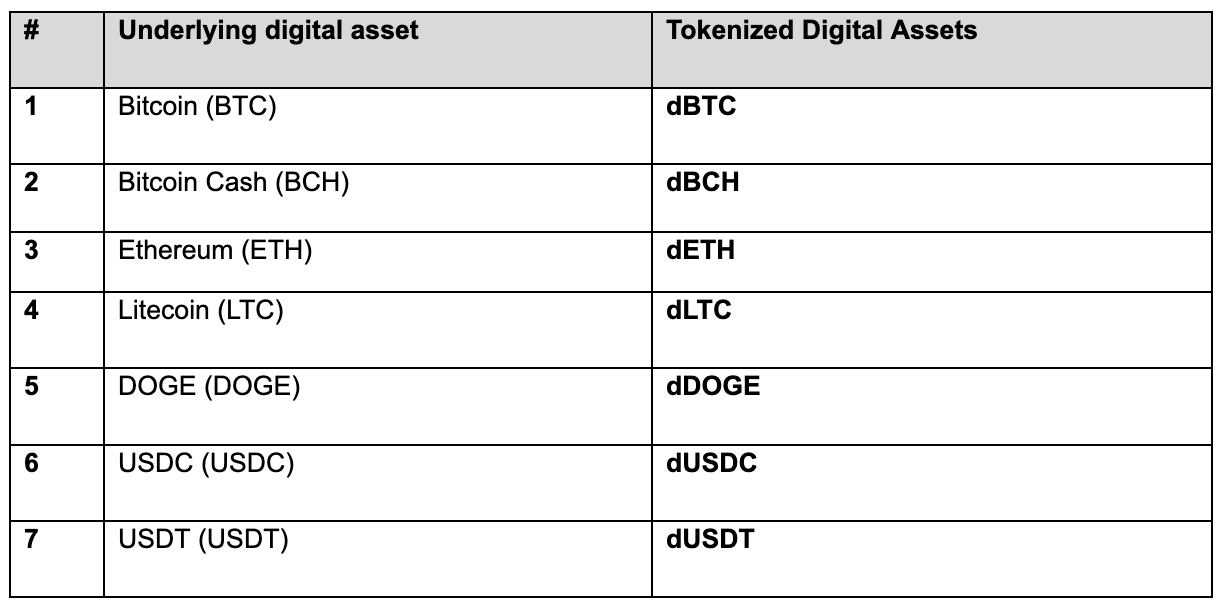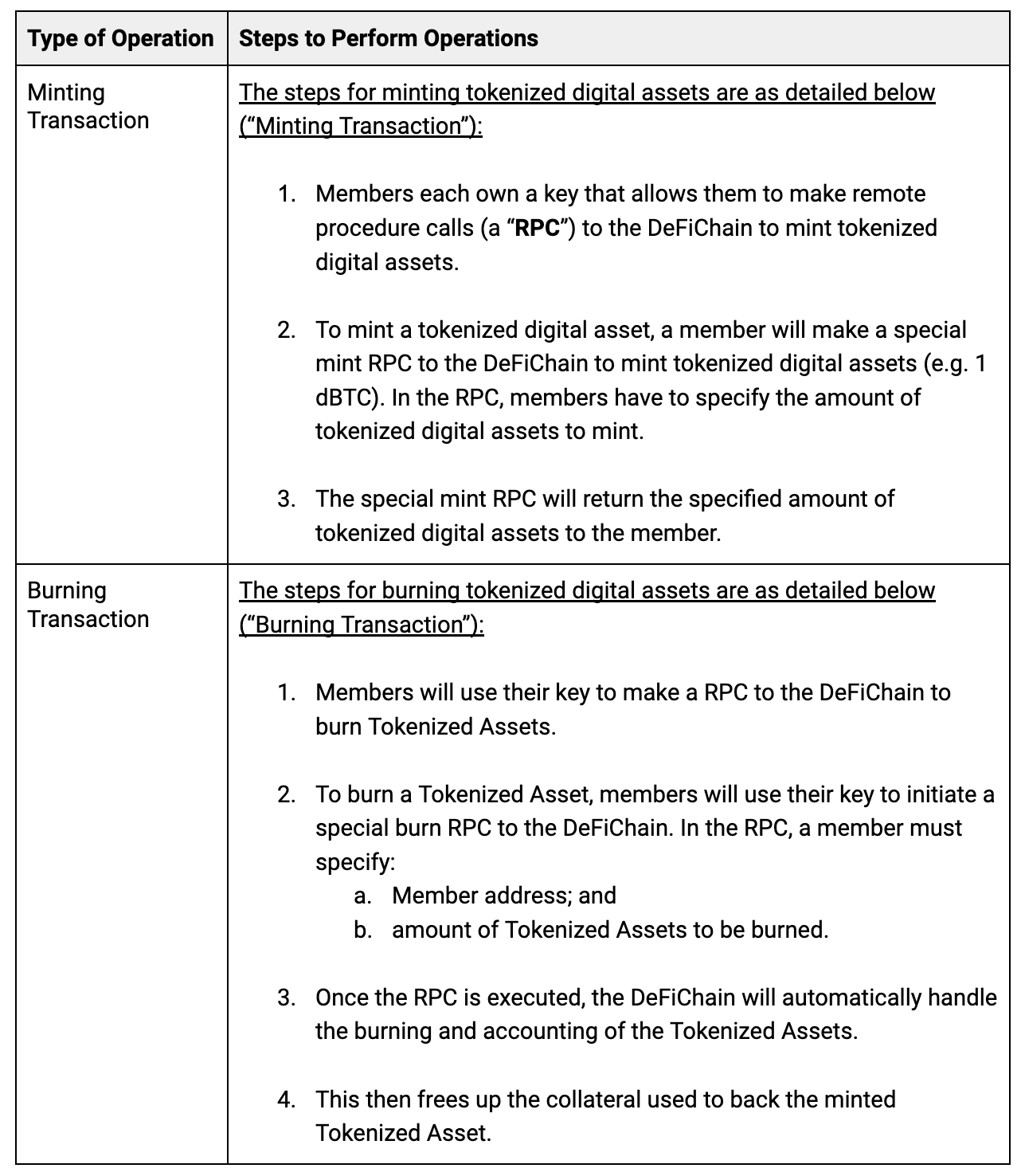Grand Central Hardfork: On-Chain Governance & Consortium
The Grand Central Hardfork is the final update for DeFiChain this year, and is one of the biggest and most monumental updates of 2022. This Hardfork comprises of 4 main features:
- On-chain governance
- Token consortium framework
- Support for masternode parameter updates (owner, operator, reward address)
- Pool commission and reward fixes
Upon closer examination, it includes notable features such as the long-awaited on-chain governance and consortium. This Hardfork addresses some of the long-awaited product debt and prepares the DeFiChain community for more explosive growth in 2023. In this blogpost, we will share more details about some of the more significant features in this Hardfork.
What is DeFiChain On-Chain Governance and how does it benefit the community?
To make changes in the DeFiChain ecosystem, we can submit proposals (3 types) to be voted on by masternode owners:
- Community development fund request proposal (also known as Community Fund Proposal; CFP)
- Vote of confidence (also known as DeFiChain Improvement Proposal; DFIP)
- Block reward reallocation proposal
What is On-Chain Governance about: Currently, the process of creating the proposal and voting is largely done off-chain. Moving forward, with On-Chain Governance (OCG), it means that any proposal for change which requires voting by community (via masternodes) can be conducted on the blockchain.
Value to DeFiChain community: This new proposal will offer 2 distinct benefits to the community:
- This strengthens our governance structure, and ensures that there is perfect transparency in the entire voting process for the DeFiChain community.
- The voting results will now be available real-time on a dashboard (see image 1) on defiscan.live, which makes tracking the results much easier. For masternode owners, they will be able to generate a script to vote for each proposal via the dashboard, which reduces the effort required for voting. Overall, we expect this to result in higher levels of participation in the voting of proposals.
User Flow in On-Chain Governance: The table below shows the broad user flow for the (1) proposal creation, and (2) voting process with the introduction of OCG.

What is DeFiChain Consortium and how does it benefit the community?
In DeFiChain, tokenized digital assets (see the table below) are meant to be backed 1:1 by the actual asset in its respective ecosystem (e.g. BTC). However, this backing is currently not enforceable via the blockchain.

While DeFiChain has been fortunate that no bad actors have yet to abuse the current gap, there needs to be a proper structure governing the backing of tokens to ensure that all digital assets are backed. This is especially since DeFiChain is expected to continue scaling - and therefore have an increased number of participants in the ecosystem.
What is Consortium about: To address the current gap, it is proposed to set up a Consortium - where members of Consortium (e.g Cake DeFi) will have their own dedicated key for the minting and burning of tokenized digital assets. Under this structure:
- Each member is required to back any digital assets which they mint (regardless whether they are minting for themselves or on behalf of users of their platform)
- Each member will be required to pledge 2 days worth of collateral (in DFI/dUSD) that will be locked up in a smart contract. This collateral will determine how many digital assets a member can mint each day.
- For example, if a member puts up $100000 worth of collateral, they will be allowed to mint $50000 worth of digital assets each day
- This collateral is required on top of the backing of the tokenized digital assets
- The function of this collateral is meant to (1) deter members from engaging in activities that are contrary to the interests of the community, and (2) to pay for damages in the event where a member overmints digital assets or is unable to provide backing for tokenized digital assets
- A dashboard will be made available on DeFiScan, for the DeFiChain community to track the collateral against the minted tokenized digital assets for each member (see Image 1. Data is redacted for now as the dashboard is not live yet)
Value to DeFiChain community: The Consortium provides several benefits:
- Enhances the governance structure and transparency in the DeFiChain community
- Provides a mechanism for the DeFiChain community to monitor the backing of tokenized digital assets, which deters overminting
- In the event of foul play by any member, the collateral will provide some form of recourse
Operation Flow in DeFiChain Consortium: The table below shows the broad operation flow for (1) minting transaction, and (2) burning transaction.

Conclusion
The Grand Central Hardfork comprises 4 main features:
- On-chain governance
- Token consortium framework
- Support for masternode parameter updates (owner, operator, reward address)
- Pool commission and reward fixes
The upgrade is set to take place on 8th December, and it will be an important update given the numerous improvements to quality of life for the DeFiChain community.

